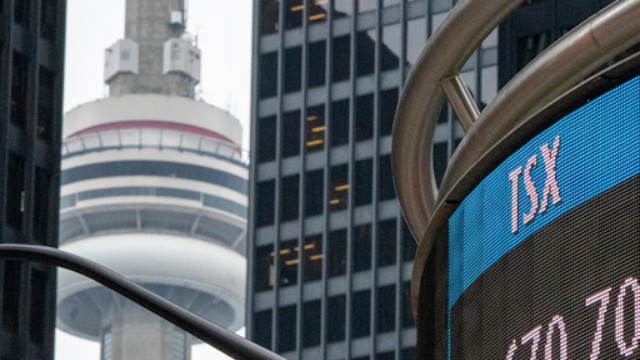
Canadian Dollar Drops to Lowest in Five Years Amid Oil Tariff Uncertainty
The Canadian dollar slumped to its weakest level in nearly five years on Thursday as fresh concerns over U.S. tariffs rattled financial markets. The loonie fell 0.5%, trading at 1.45 per U.S. dollar (or 68.97 U.S. cents) after briefly touching 1.4592—its lowest point since March 2020. The sharp drop came after U.S. President Donald Trump once again threatened to impose a 25% tariff on oil imports from Canada and Mexico.
Trump said he would likely decide by the end of the day whether the tariff would take effect on February 1, leaving investors anxious. His statement triggered a moment of panic in the markets, as many traders initially believed he had already signed executive orders to enforce the tariffs. “Confusion reigned for a few minutes,” said Adam Button, chief currency analyst at ForexLive. As the situation became clearer, the market recovered slightly, but the loonie remained down overall. Button pointed out that the reaction reflected deep concerns about the impact of trade policies on the Canadian economy.
Just a day earlier, investors had seen a brief moment of relief after U.S. Commerce Secretary nominee Howard Lutnick suggested that Canada and Mexico could avoid the tariffs if they took immediate steps to stop the flow of fentanyl across their borders. However, Trump’s latest remarks quickly erased any optimism, pushing both the Canadian dollar and the Mexican peso lower.
The peso declined 1.1%, trading at 20.7260 per U.S. dollar. Meanwhile, the Bank of Canada took action to stabilize the economy by cutting its benchmark interest rate by 25 basis points. The central bank warned that a full-scale trade conflict could cause serious economic damage. Officials noted that most of the loonie’s decline in recent months stemmed from growing uncertainty over trade policies.
Bond markets also reflected investor concerns. Canadian bond yields fell across the board, with the two-year yield dropping 5.9 basis points to 2.738%. The gap between Canadian and U.S. bond yields widened further, reaching its largest difference since September 1997.
The currency market’s reaction underscored just how fragile investor confidence remains. If Trump follows through on his tariff threat, the loonie could face even greater pressure in the coming weeks. Analysts believe the situation will remain volatile until a final decision is made.
For now, Canadian businesses and policymakers are bracing for potential economic turbulence. The uncertainty surrounding trade relations with the U.S. continues to weigh heavily on market sentiment. As February 1 approaches, all eyes are on Washington to see whether Trump’s words will turn into action or remain another round of political posturing.















